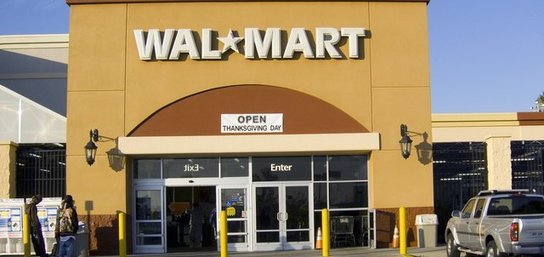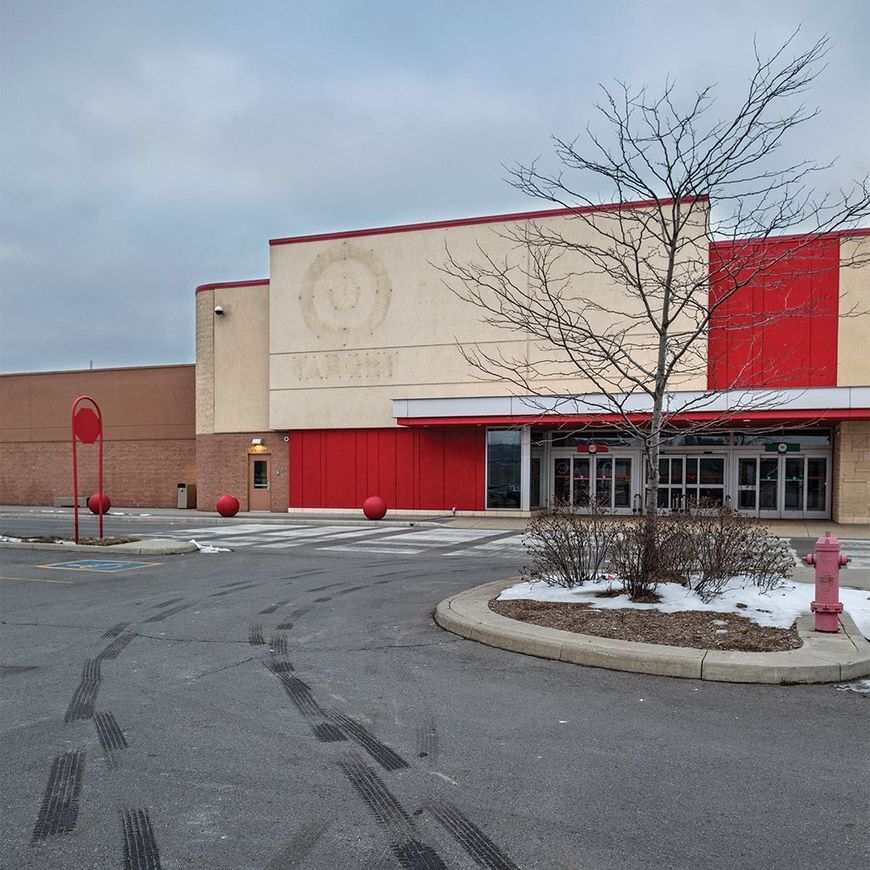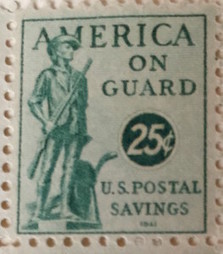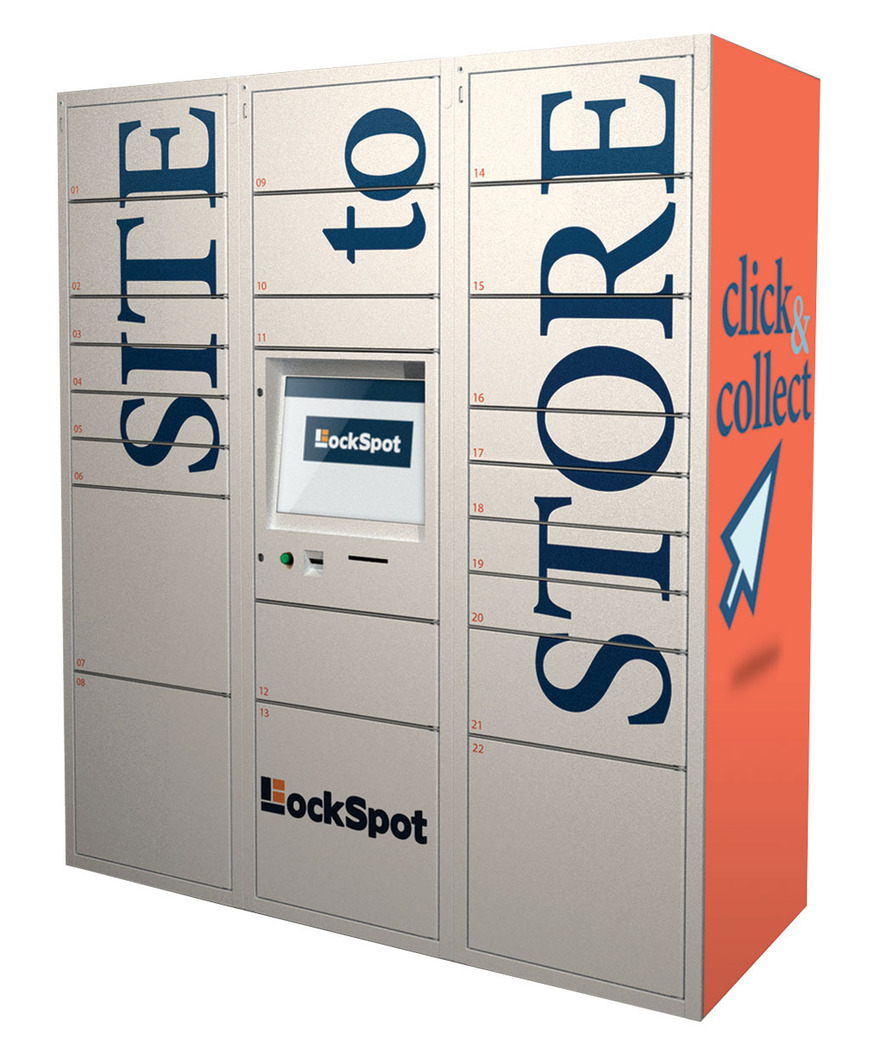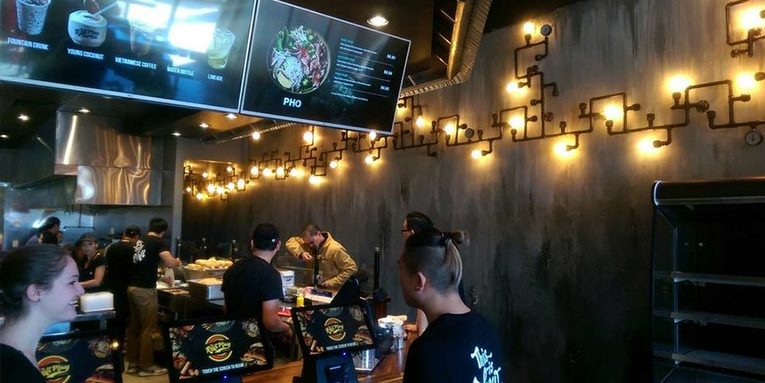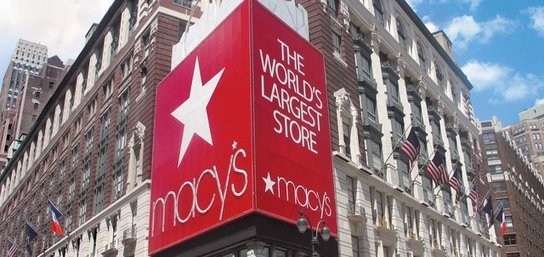Category Archives: Scoop.it
The Crazy Story of What Really Went Wrong at Target Canada
Target pulled the plug on its massive Canadian expansion less than two years after opening. This is the incredible untold story of how it all went wrong.
Source: www.canadianbusiness.com
good though long read
2016 Retail & E-Commerce Predictions You Haven’t Heard From Everyone Else
My industry colleague, Seth Berman, and I co-authored this post to put a different spin on the 2016 predictions we’ve enjoyed from others in the community. Please let us know your thoughts in the
Source: www.linkedin.com
- Brands will come closer to just-in-time manufacturing. Innovation here will happen for two primary reasons. First, retailers currently are being burned – again – by carrying excess inventory. They need to find new ways of doing business and will put more pressure on brands not to ship them merchandise until demand for it is clear. Brands, too, have been hurt by having manufactured more more units than they could sell. For their part, investors have shown strong preference for marketplace startups that carry no inventory and have healthy margins over e-commerce startups with inventory and lower margins. The companies that solve this problem can win on their own and with retailers. A good example of a company delivering made-on-demand product is Shoes of Prey. And Nordstrom’srecent investment in this company reinforces the retailer/brand dynamic we’re describing. Second, the consumer increasingly will expect endless options and the ability to get exactly what s/he wants. Redbubble, Seth’s company, is an example of a marketplace capitalizing on these trends with 15 million designs from independent artists printed as ordered on more than 40 products. Greater speed and customization will come through end-to-end creativity in the traditional supply chain, as well as in the form of 3D printing.
- Stores will continue to dabble with consumer-facing technology. Many retailers have introduced a “magic” mirror, photo booth or interactive screen. The story goes something like this: Retailer and vendor distribute press releases headlining the installation, we later discover the technology is in only one or a handful of a chain’s many stores and go seek it out, we see the technology isn’t working or isn’t being used, we don’t hear much about it again and, in some cases, it’s not in the store on our next visit or is never rolled out to additional locations. The underlying problem is that while the one-time press hit is nice and the curiosity-driven traffic bump may linger, these devices aren’t steadily increasing conversion to purchase. We’re excited about the prospect of in-store technology evolving to a need-to-have from just a nice-to-have and expect to see a lot of trial-and-error along the way.
- Facebook will challenge Google’s dominance in retail advertising. Google Shopping ads (also known as Product Listing Ads) have become the primary paid customer acquisition channel for retail advertisers in recent years. And search still dominates over social when it comes to e-commerce revenue by channel. In response, Facebook releasedDynamic Product Ads in February, 2015. Facebook Dynamic Product Ads retarget site visitors by showing products the shopper has viewed and other products from the retailer’s catalog that Facebook recommends. Facebook’s speed of innovation in this area is impressive, and 2015 saw retailers shifting budgets from web display, retargeting channels and television to Facebook. While we see plenty of room for growth in retail ad spend with both Google and Facebook, in 2016 Facebook will become a much more meaningful source of revenue for retailers.
- A bifurcation of mobile beacons/geolocation will emerge. Stores that are large enough and have high enough purchase frequency can sustain their own beacon programs. Target’s offering has been lauded, rightly so, and we’re optimistic about Kroger’s strategy. The key, in addition to above-average visits per customer and length of visits, is both of these apps are more about optimizing customers’ experience with the brand and in the store than they are about driving traffic to the store. More retailers in this category will invest in ways similar to what Target and Kroger have done. But for retailers who want to acquire store traffic, they’ll realize the need to seek a network effect and partner with publishers and/or beacon platforms. An strong example of this when ELLE pushed out its editorial product picks on both ShopAdvisor’s and RetailMeNot’s apps; when approaching featured stores, customers received notifications and discount offers that enticed them to visit.
- Pinterest Buyable Pins gain traction. Unlike social networks that were earlier to the advertising and commerce games, Pinterest users have long engaged on its platform with the intent to purchase. Separate from Promoted Pins, we think the ability of Buyable Pins to link inspiration to transaction will be embraced by Pinterest users and an increasing number of commercial pinners. Given that Buyable Pins have initially been offered at no cost to retailers, it remains to be seen whether the feature will help Pinterest increase monetization overall.
- Retailers and consumers will adopt messaging for shopping and service. Everlane and Zulily were the first to start using Facebook Messenger as an order status communication and customer service tool. More recently, Facebook and Uber announced that users can request an Uber inside Messenger, and these so-called chat bots seem to be getting the most attention from Facebook. With the proliferation of chat commerce in Asia, and the battle for a new mobile interaction model in the U.S., we expect more U.S. retailers and e-commerce players to move aggressively into messaging commerce in 2016.
A special thanks to Netta Kivilis at Custora for introducing Seth and me last year, and to Scott Silverman for hosting the Grow.co event where we connected in person.
The Return of Postal Banking
How to restore a measure of equality to our class-tiered financial system.
Source: www.the-american-interest.com
Retail Automation – 5 Retail Innovation Traps To Avoid
Excelling in today’s redefined retail industry means putting equal weight on avoiding problems and finding solutions.
Source: www.innovativeretailtechnologies.com
- Adding Tech For Tech’s Sake
Just because augmented reality, or robotics, or drones, or lasers and smoke-machines are hyped doesn’t mean they add value to your customer experience. Always ask yourself the question: What customer pain point does this solve? - Failing To Get Store Associates On Board
If the store associates don’t love it, then it will fail. - Failing To Align Organizational Owners
Easier said than done, but it’s vital that everyone on your retail innovation project team works towards a shared vision of success. It can’t just be the digital team. It’s got to be store operations, and merchandising, and IT, and more. - Forgetting About The Basics, Like Infrastructure
One example is connectivity, where everything from network configuration and firewalls to quality of Wi-Fi can make or break your solution. - Limiting Investments Of Time And Focus Beyond V1
Phew! You’ve finally launched your tech! It was tough. Securing budget, assembling a team, creating a steering committee, validating, customer-testing, piloting — it feels like you could have started an entire business in the real world. Well, remember this is the beginning. Launch is exciting but you have to treat your in-store tech like a first version.
Are some of these super-obvious? Oh yeah. But almost all of these common points of failure tend to be forgotten when in the thick of developing a project. So, hold to your principles.
KIOSK Information System Releases New Retail Locker Delivery Platform at 2016 NRF Big Show | Business Wire
KIOSK will demo a new standardized Site-to-Store retail locker delivery platform at NRF’s Big Show in NYC, Jan. 17-19, 2016; booth #4131.
Source: www.businesswire.com
Demonstrations available at KIOSK Booth #4131, NRF Big Show, Jan 17th – 19th, 2016.
RollPlay Rolls Out with Self-Service Kiosks
RollPlay Rolls Out with Self-order Kiosks integrated to Point of Sale at a new Vietnamese fast casual restaurant in Vienna, Virginia.
Source: nextepsystems.com
Should the US change metal coins?
According to a report this week from watchdogs at the Government Accountability Office, since 2006 the prices of metals used in coins have risen so much that the total production unit costs of the penny and nickel exceed their face value resulting in financial losses to the U.S. Mint. In fact such a change could potentially save between $8 million and $39 million per year by changing the metal composition of the nickel, dime, and quarter.
Source: www.networkworld.com
There are other issues in making such coin changes. The GAO said that associations representing selected industries that use coin acceptance machines estimated a cost impact ranging from $2.4 billion to $10 billion to modify an estimated 22-million coin machines, such as vending machines, to accommodate steel-based coins. According to these associations, these costs would be incurred because coin machines would require modifications to accept new coins while continuing to accept current coins.
The GAO also noted these estimates may be overstated for several reasons. For example, the vending industry assumed 7-million vending machines would require modification, but a 2015 industry study estimated that there are 4.5-million vending machines in the United States. Second, the cost estimates assumed steel changes to all coins, but the U.S. Mint has determined it is not viable to change the quarter. Therefore, machines that only accept quarters (such as coin laundry machines) would not require modification. However, any change in coin composition that requires changes to coin acceptance machines will result in some industry costs.
Can the American department store be saved? 10 retail experts weigh in
Retail industry news, voices and jobs. Optimized for your mobile phone.
Source: www.retaildive.com
In an effort to revitalize their stores and appeal to younger consumers who are spending more on experiences over hard goods, U.S. department stores are investing millions of dollars into luxe renovations and souped-up in-store experiences.
Macy’s just unveiled a millennials-focused basement, filled with selfie stations and popular teenage apparel brands, while Bergdorf Goodman recently opened a swanky revamp of its jewelry floor. A recent article in Business of Fashion summarized some of the motivation behind these moves: It’s a plan to “bring back the magic to businesses built on nostalgia.”
The question is, will these makeovers be enough?
RetailWire, an online retail discussion forum, asked its BrainTrust panel of retail experts the following questions:
- How important a role should nostalgia play in reviving the department store format?
- Is there a department store operator inside or outside the U.S. that you think has the best handle on what it will take to succeed in both the present and the future?
Here are 10 of the best comments from that discussion. Comments have been edited by Retail Dive for content and length.
Zipdrug, CityMD team on Rx delivery kiosks
Patients at CityMD urgent care locations will be able to use new Zipdrug kiosks to order delivery of their prescription.
Source: www.drugstorenews.com

